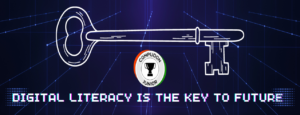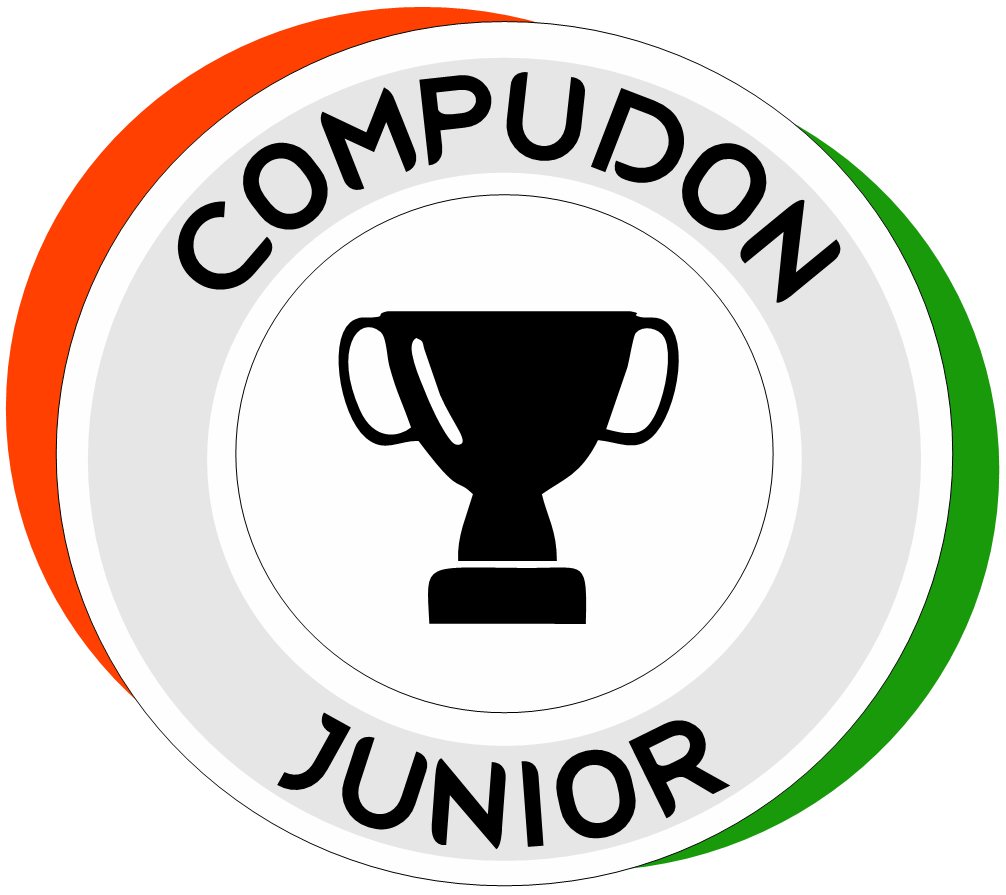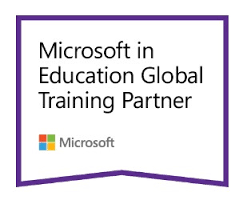
“KIDS ARE GROWING ON DIGITAL PLAYGROUNDS AND THERE IS NO RECESS.
THE GAME GOES ON”. Kevin Honeycutt- Educator
Question: My kids can use computers easily. Do they still need to learn about Digital Literacy?
Answer: If we know and agree that our kids are growing on digital platforms, and there is no RECESS in the game, then the answer to above question is a resounding YES. Beginning to acquire Digital Literacy in earlier grade levels and continuing through later grade levels is the need of the hour. Let’s look at some of the reasons for this:
Digital Technologies are so pervasive now that they have entered all areas of modern life. From this perspective, digital literacy in real sense is much more than the ability to handle computers. Just like the 3 ”R”s – reading, writing & arithmetic, it comprises of a set of fundamental set of skills which include the consumption and production of digital media, processing & retrieving of information, creating and sharing of knowledge, and a wide range of other professional computing skills.
Digital literacy is now the key to almost all meaningful jobs as employers across the world look for digital literacy skills in prospective employees. Employers expect prospective employees to be digitally literate in real sense when they screen the job applications.
Digital Literacy works as a catalyst because it enables the acquisition of other important life skills.
But, one may still ask- what does it mean to be digitally literate, and what role can digital resources play to fulfill students’ academic needs? In this blog, we will try to answer this question and offer guidance about developing students into responsible citizens of the 21st Century Global Economy.
Digital Literacy enables students to access information from the internet and communicate the lessons learnt with others. COVID 19 Pandemic made remote/online learning essential which accelerated the need to use digital resources, especially for education. Digital resources are ever changing and include hyperlinks to visual or auditory sources, which when blended add meaning for the reader.
What role do Digital Literacy & Digital Resources play in fulfilling students’ academic needs?
Being digitally literate enables students to learn via technology and this provides learners immense power in their hands to tap into the tons of digital resources of information available on the internet, allowing students a sense of informed discretion in the selection of materials they use.
- Not only are there sources with written content such as news articles, online research journals, classic literature, poetry, and blogs, but also video sources such as vlogs, and YouTube. Audio sources like podcasts or audio files are also prominently available, as are many social media sites. Many sources are multimedia with a mixture of text, audio, and video.
- Availability of vast number of online resources motivate students to actively explore these resources, and using their creativity, pick and choose the most effective and appealing sources to further their learning.
- But the access to and power of self-selection comes with the obvious issue of being able to sort through huge amounts of information to decide what is credible and what is not credible? What is it that students should or should not rely upon to build their understanding of the world and then communicate it to others?
- Digital Literate students can critically evaluate what is being said, and who is saying it? It enables them to understand that just because information is published on the internet, does not mean it is reliable, credible, or accurate. Lot of people go to Wikipedia for research but the uninformed do not know that Wikipedia is not a source of credible information. Whereas Wikipedia itself says, it does not consider itself as a reliable source of information for academic purposes or research.
- Digital Literacy empowers students with the knowledge to differentiate between accurate information, misinformation, and disinformation in digital spaces. It also empowers students with power to reason, how to look for unsupported claims, and how to separate fact from opinion — beginning in earlier grade levels and continuing through later grade levels is the need of the hour.
- Digital Literacy enables students to evaluate the perspective presented. For example, a website created to promote wind power may only show the positive impacts (e.g., unlimited resource, extremely low greenhouse gas emissions) and may hide the potential negative impacts (e.g., threat to local species, scar on the landscape) leaving students who are not digitally literate with only one side of the issue.
- Digital Literacy empowers students to investigate the purpose of the website and also verify not only the information presented but also any possible missing information, such as opposing views, to form their own fact based viewpoint.
- There can’t be any debate that as creators of the information, students bear the responsibility for producing content that is credible and trustworthy and not something that has been picked from internet without verification, which may be incorrect information.
It is the responsibility of all education leaders and parents to ensure students have the foundational digital literacy skill for their higher-level studies and for building future careers.
We invite all education leaders and parents to enroll kids between the ages of 8-14 in www.compudonjunior.in – the national championship on digital literacy and help them acquire this very important skill from the young age.




